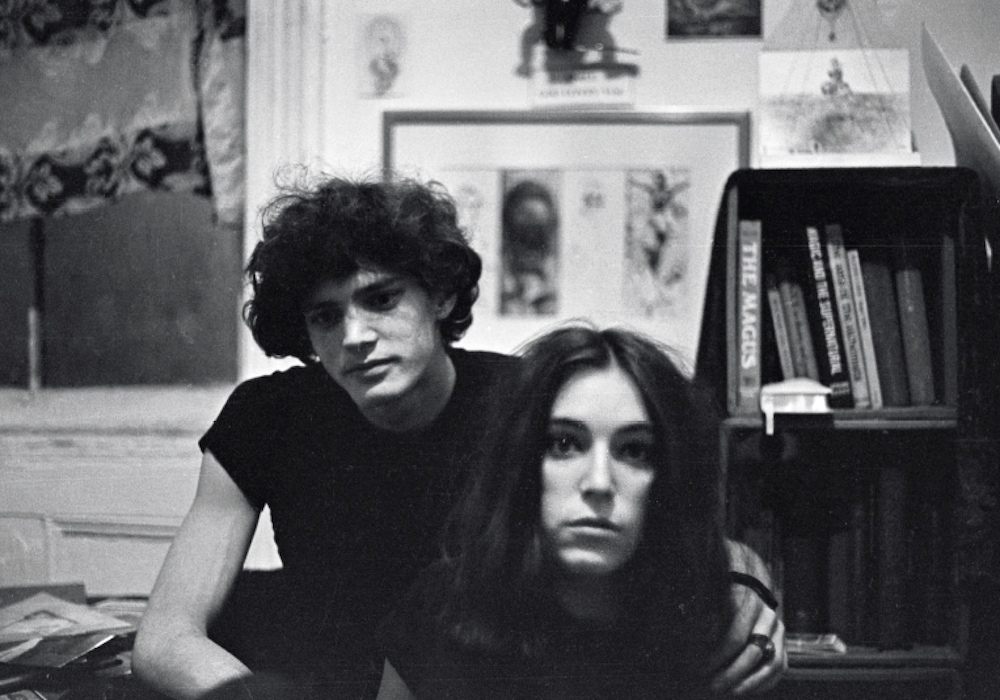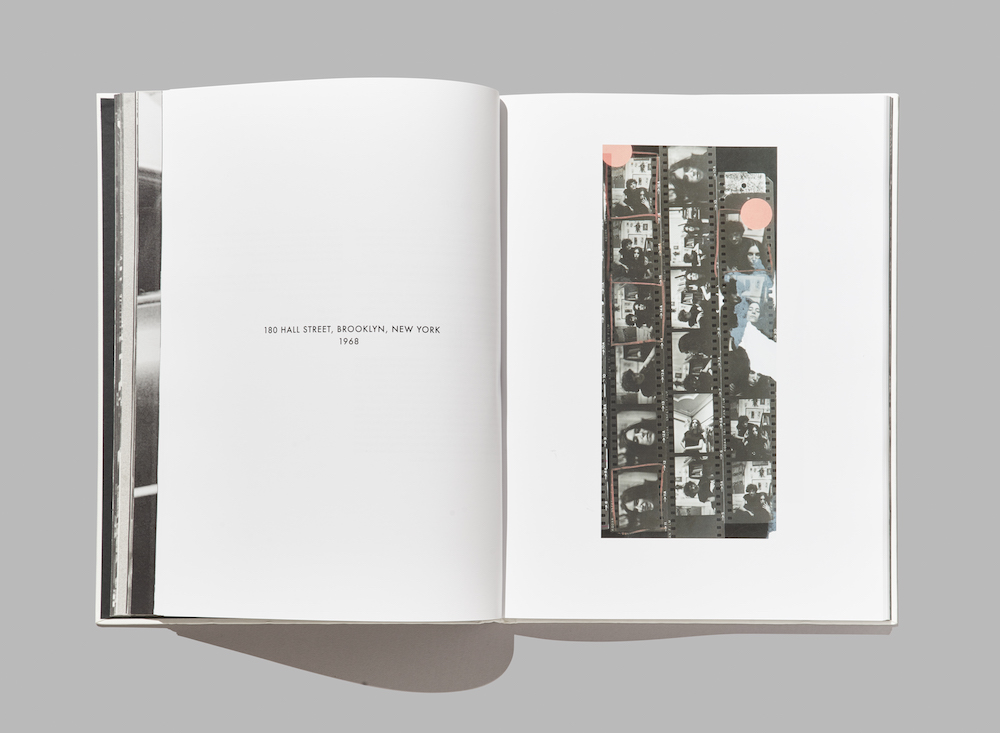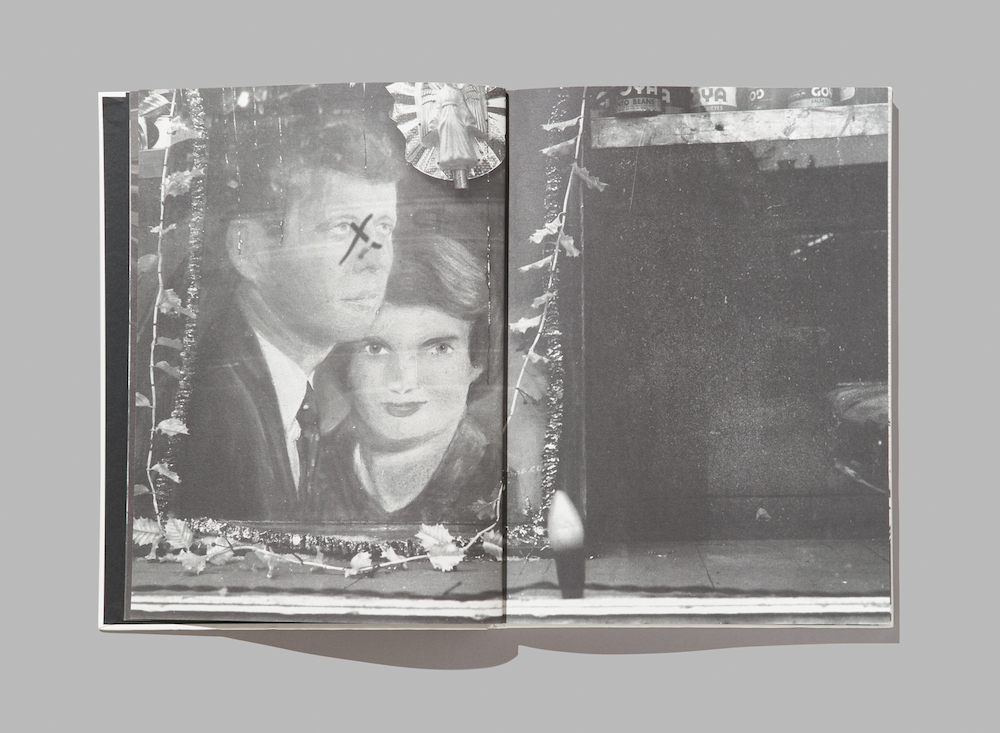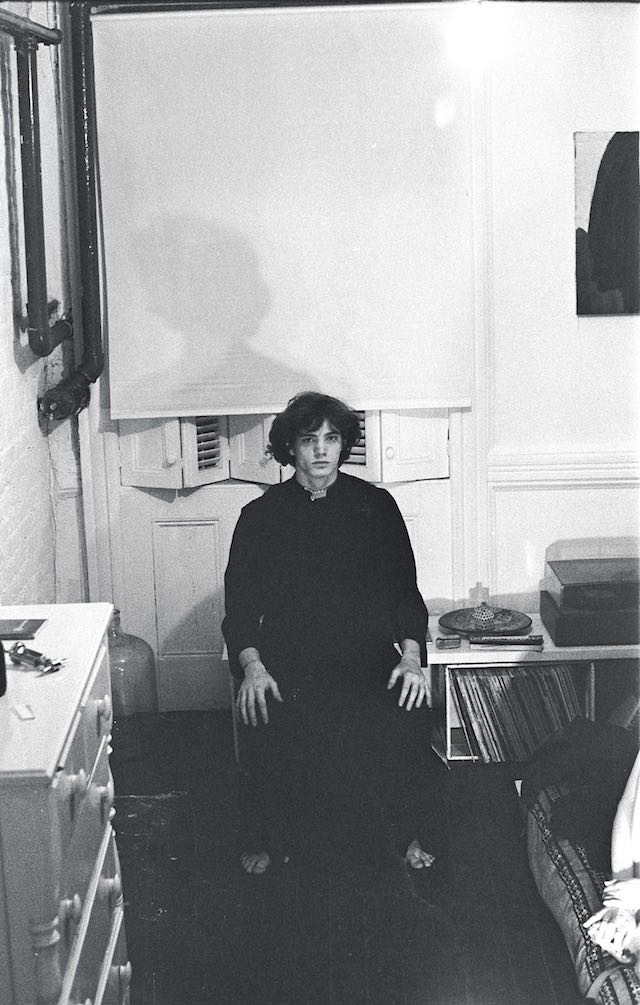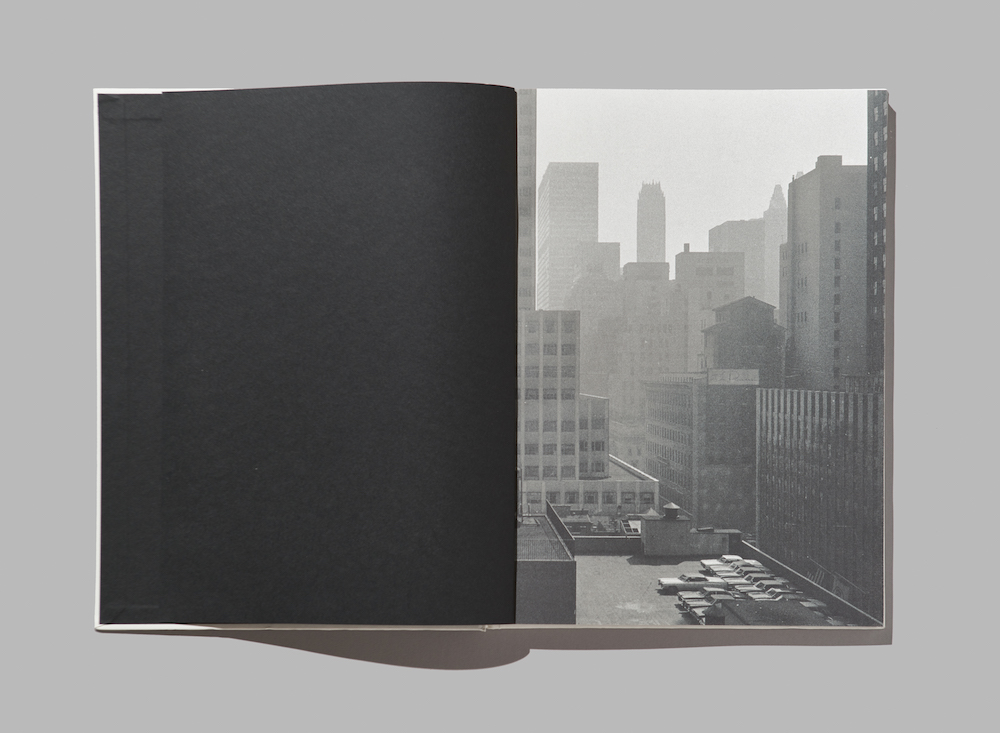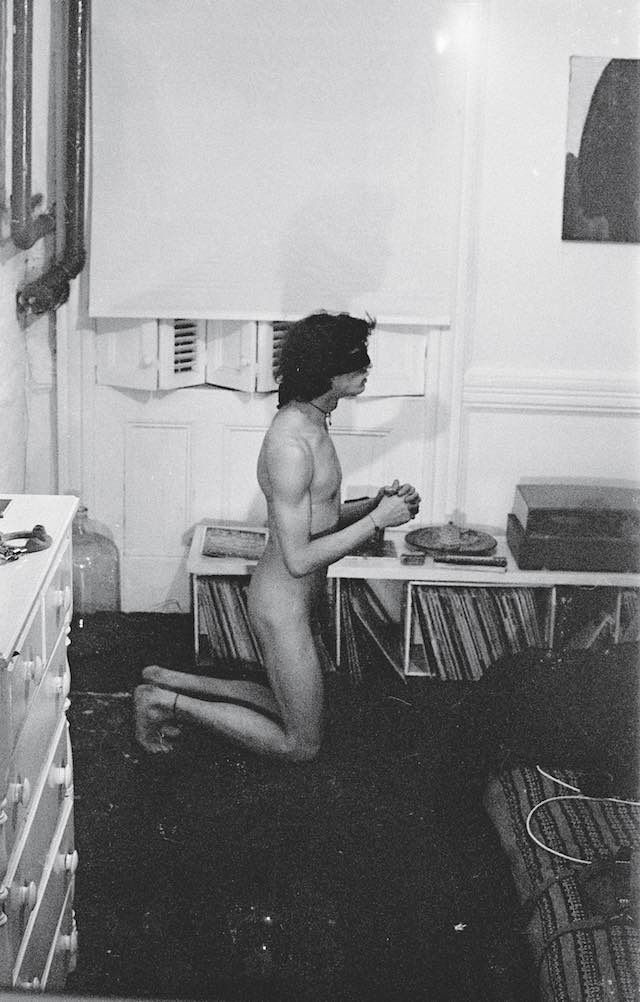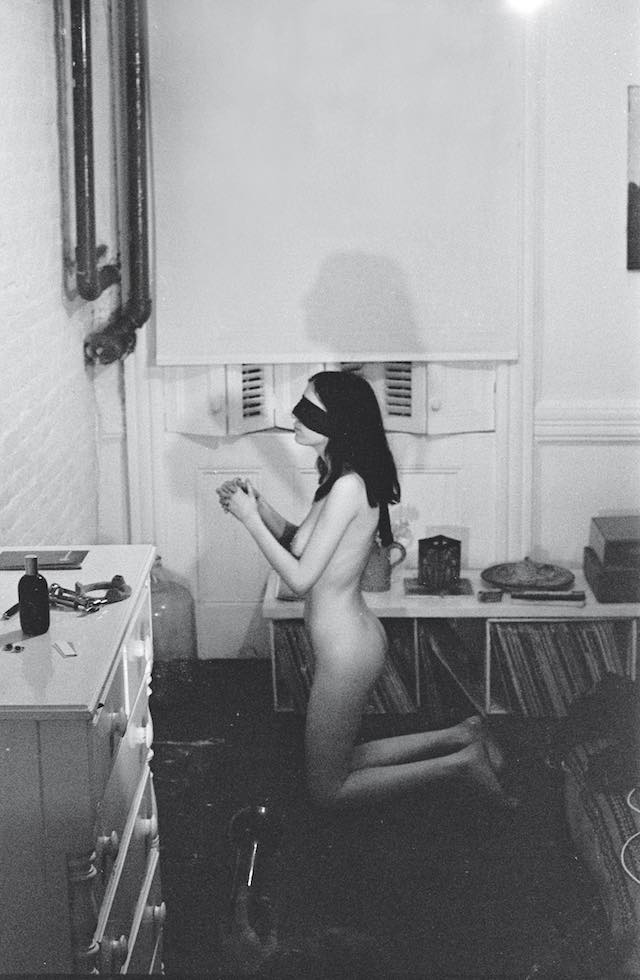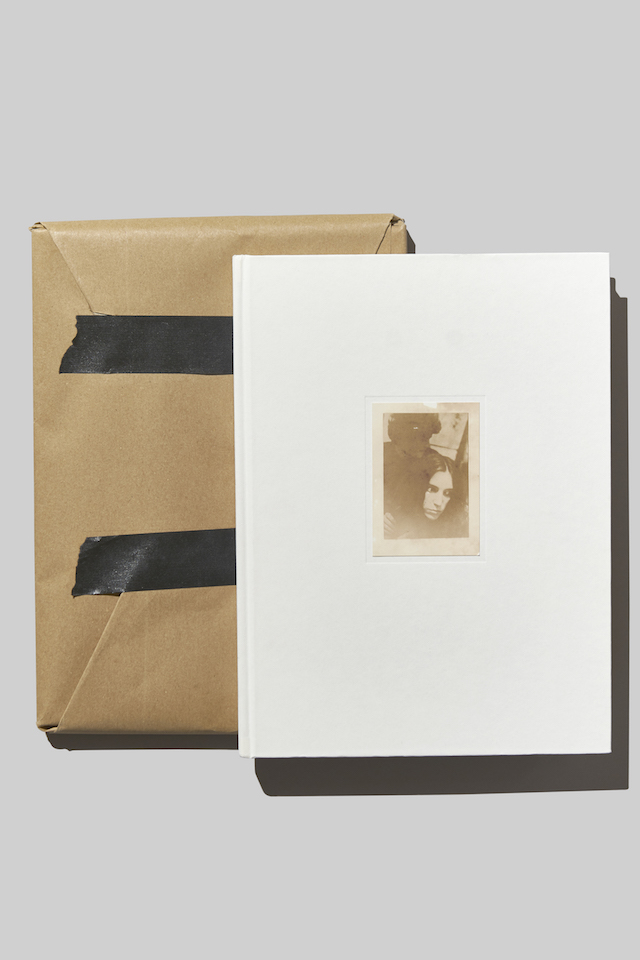Arthur C. Danto shares an extract of his essay on the peerless Robert Mapplethorpe in a new book from Phaidon

There is a tension at the heart of Robert Mapplethorpe’s art, verging on paradox, between its most distinctive content and its mode of presentation. The content of the work is often sufficiently erotic to be considered pornographic, even by the artist, while the aesthetic of its presentation is chastely classic—it is Dionysiac and Apollonian at once. The content cannot have been a serious possibility for a major artist at any previous moment in history. It is peculiar to America in the 1970s, a decade Mapplethorpe exemplifies in terms of his values, his sensibilities, and his attitudes. But content apart, the photographs seem scarcely to belong to his own time at all. They are controlled, composed exercises in a classical mode. They fit, aesthetically, with the photographs of the nineteenth century, which Mapplethorpe admired and collected, far more than they do with the work of his contemporaries. Dionysus was the god of frenzy, Apollo the god of proportion and of form. According to Nietzsche, the two opposed deities together generated tragedy, and perhaps the dissonance between content and form in Mapplethorpe’s work conveys the dark excitement of tragedy as well.

As a person, Mapplethorpe lived along both dimensions of his art. He frequented the wilder precincts of sexual expression that the general lifting of prohibitions opened up for exploration in the late 1960s, but he aspired to a code of conduct hardly typical of the times, somewhere between dandyism and gentlemanliness. The embodiment in Mapplethorpe’s work of these polarities—uninhibited and austere, dirty and pure, wild and disciplined—perhaps explains the undeniable power of his greatest images. It also explains why the work was and remains the focus of hostile criticism. However liberated the sexual mores of the age, they were hardly loose enough to accommodate as acceptable the sadomasochistic practices he celebrated. But neither did the formal beauty to which his art aspired recommend him to the artistic establishment. However modern its content, its severe classicism seemed to consign it to another age.

It is interesting to contrast Mapplethorpe’s art with that of another artist of the period, one who found favour, even great favour, with the arbiters of photographic taste, namely Garry Winogrand. Toward the end of his life, in an interview with Janet Kardon, Mapplethorpe observed that his pictures were “the opposite of Garry Winogrand’s.” This is nowhere more apparent than in the albums each produced of photographs of women. Women Are Beautiful was published by Winogrand in 1975. Some Women, by Mapplethorpe, was published posthumously in 1989, but was put together in consultation with his friend and colleague Dimitri Levas before his death. The difference between the visions of these two artists, made palpable in the two collections, lays bare a number of the basic variables of photography as an art.
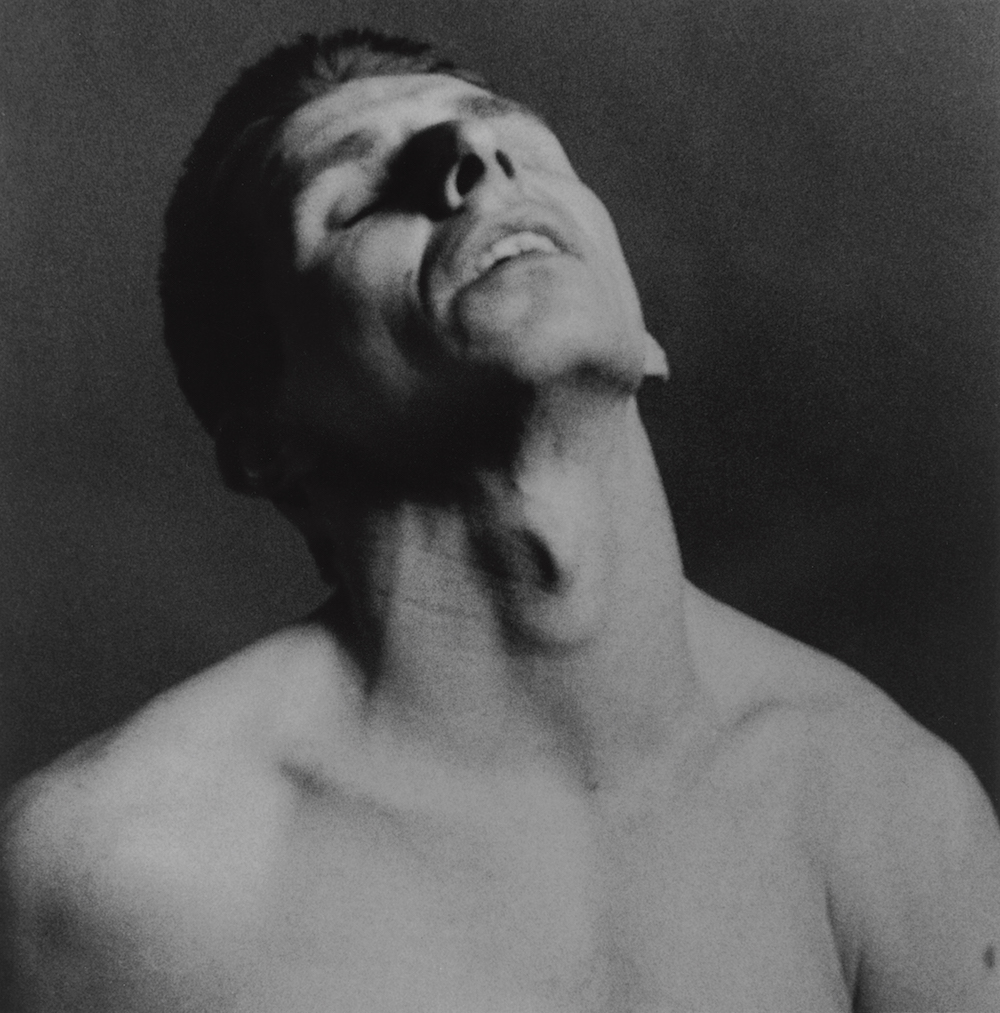
Robert Mapplethorpe is edited and designed by Mark Holborn and Dimitri Levas, with a foreword by Patti Smith, an introduction by Andrew Sullivan, and an essay by Arthur C. Danto, published by Phaidon on 3 April, £125 (phaidon.com)
